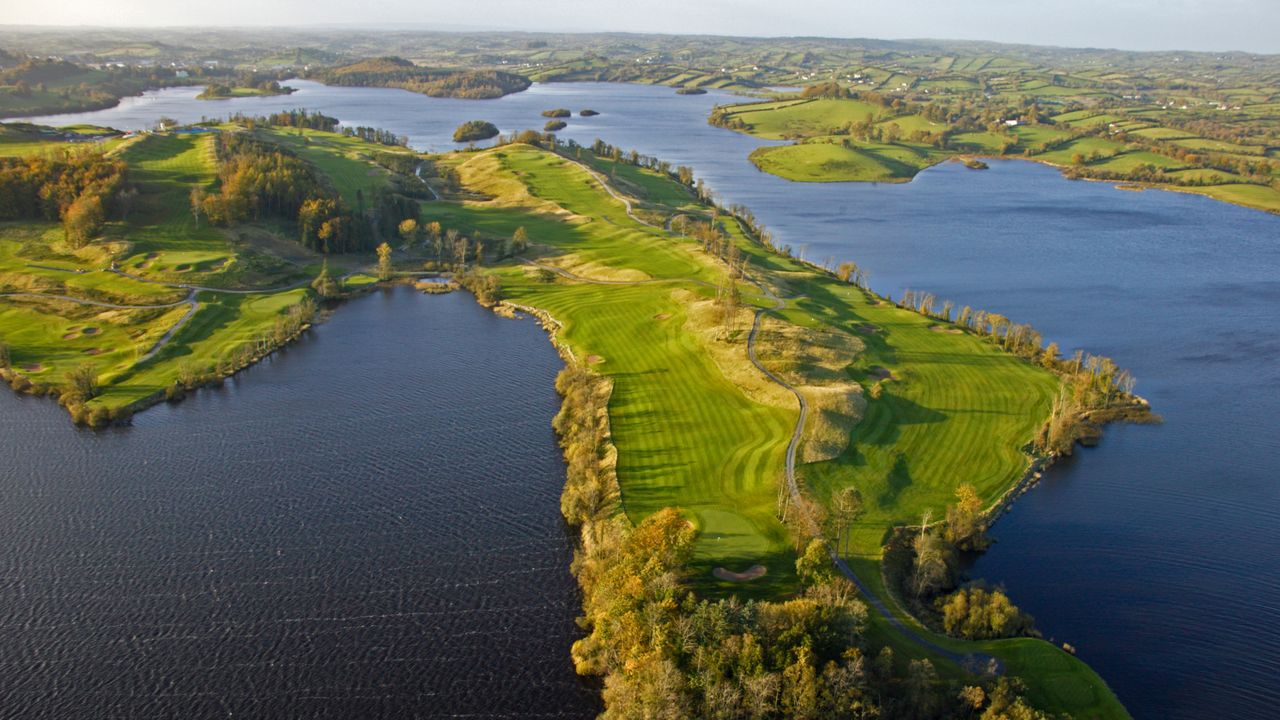
Golf is reliant on and inextricably linked with water for so many reasons. Obviously, the playing surfaces and all other flora and fauna associated with our courses couldn’t exist without it. But crucially, in its many guises, then to a lesser or greater degree it is a feature of the design and strategy of the majority of golf courses all over the world.
Few courses of note don’t have some form of water-related feature that the golfer must consider at some point in the round, whether it’s an innocuous-looking burn or drainage ditch, or an in-your-face lake that could fit a pod of blue whales. Our oldest and most revered links nestle by the sea, and while the water itself may come and go, the coastal margins are still a source both of wonder and anguish for most of us.
Why Have Water On A Course?

Given that playing a golf ball out of water successfully is nigh on impossible, why is water such an important and regular feature in course design? The answer falls into three overlapping categories; strategic, visual, and psychological. With regard to the first, courses need obstacles to challenge the golfer. The most obvious is everyone’s favourite (not!), the bunker. Aside from that you have rough, trees and other foliage, and of course, water. Water is ultimately the trickiest of the lot as an unsuccessful encounter will not only lose you a shot, but usually also your ball.
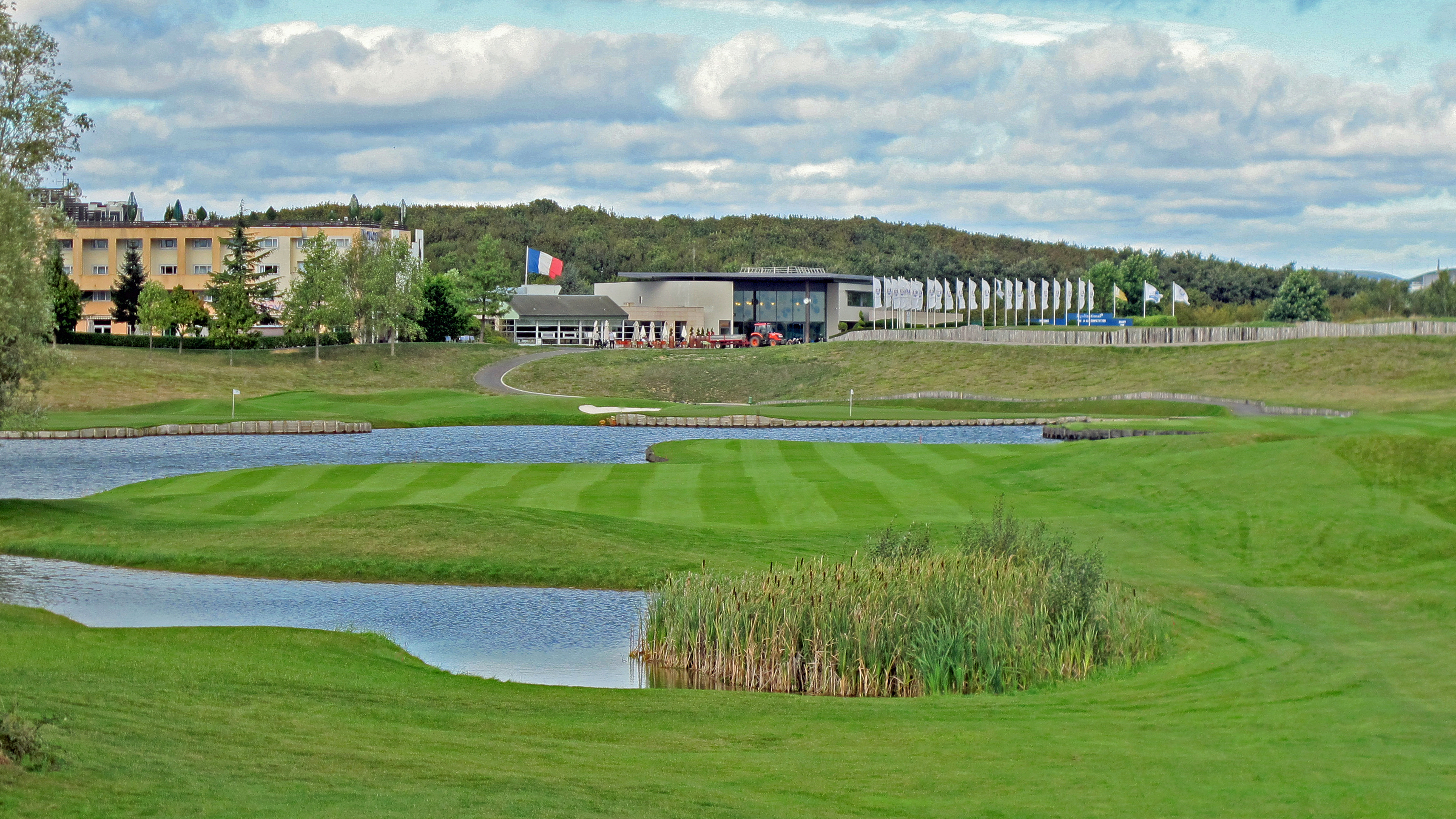
However, particularly on sites lacking trees, water is an obvious and relatively low-maintenance strategic challenge which can often define the ethos and feel of the place such as the Albatros Course at Golf National near Paris, host of the 2018 Ryder Cup. Moving on to visual, and there is no doubt that judicious use of lakes and ponds can help to turn a pig’s ear into a silk purse. Rather than a succession of sand-protected holes that can look very similar, water features can be as subtle, soothing, scary, or as over-the-top as the architect desires and the budget allows.
In its early days, the Brabazon Course at The Belfry, which has hosted more Ryder Cups than anywhere else, had a reputation as being a bit, how can I put it, farmer's-fieldy? Dave Thomas made substantial changes in the late 90s with the water a prime beneficiary, and it has looked so much better since. Finally, and relevant to the vast majority of golfers, water has a brilliant but deliberately daunting psychological impact. The architect doesn’t really want you to duff your approach, and deep down you know you can easily hit the ball the relevant distance through the air, but put a pond in the way and suddenly the shot is twice as hard. The fear and the potential cost of failure are enough to shred nerves or at least sow some seeds of doubt.
Natural Versus Manmade
I must confess that when it comes to water features, or indeed most cosmetic surgery, I am a huge fan of those that nature has already provided way before the architect turned up. What could be lovelier than playing alongside a natural, freshwater lake such as Lough Muckno which laps up against most of the Next 100 course at Concra Wood, an hour to the north of Dublin?
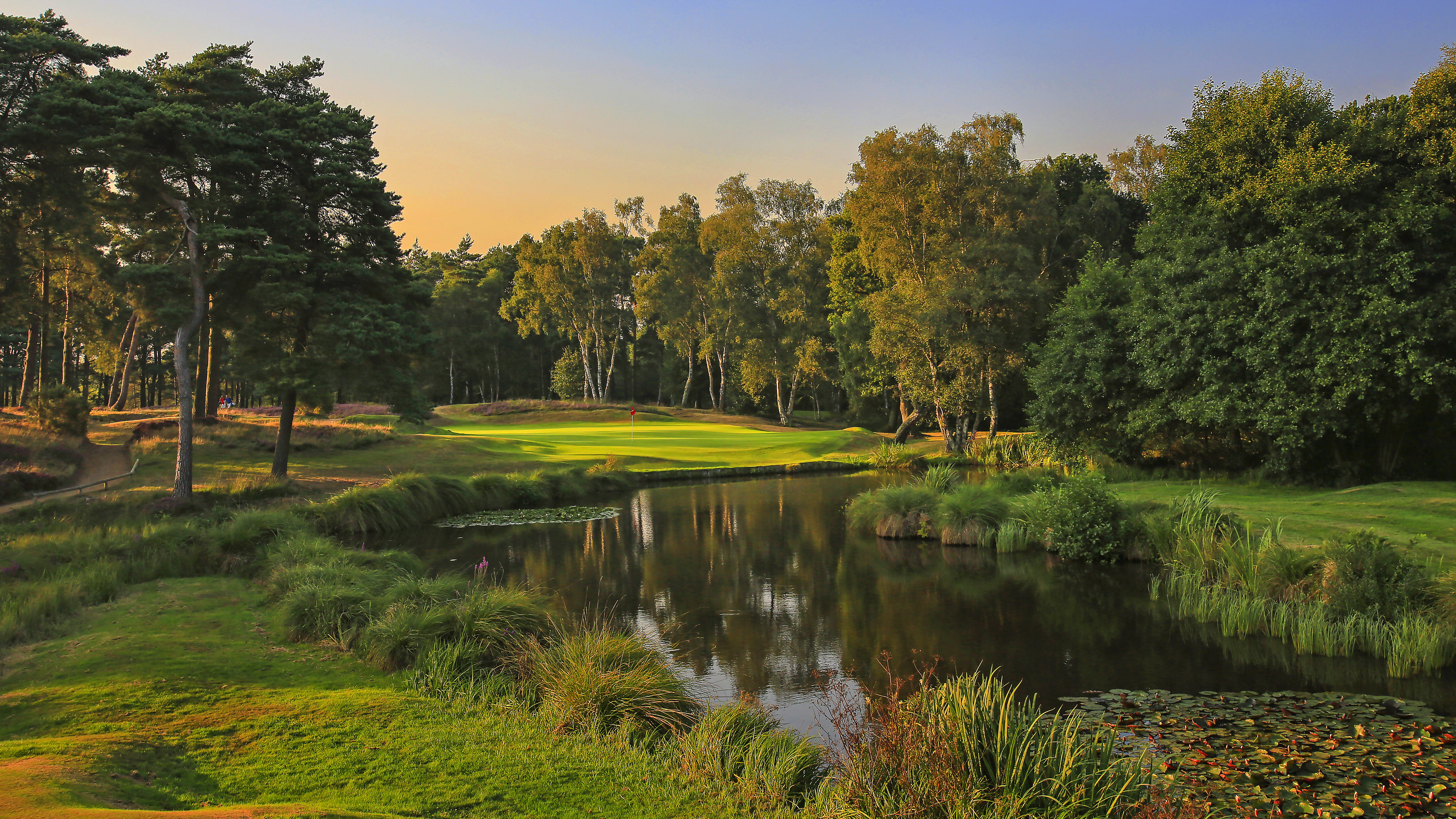
And how pretty are the ponds that protect the monster par-3 6th at West Sussex, originally a short par 4 played round the marshy area, and then at the 15th? Having said that, obviously beauty can be created, and not in a Victor Frankenstein way. The burns and marshes at the highly-rated Dumbarnie Links were no such thing ten years ago. In terms of a marriage of natural and manmade, who would argue that the water at Adare Manor, host of the 2027 Ryder Cup, is not picture perfect?
Rivers and Streams
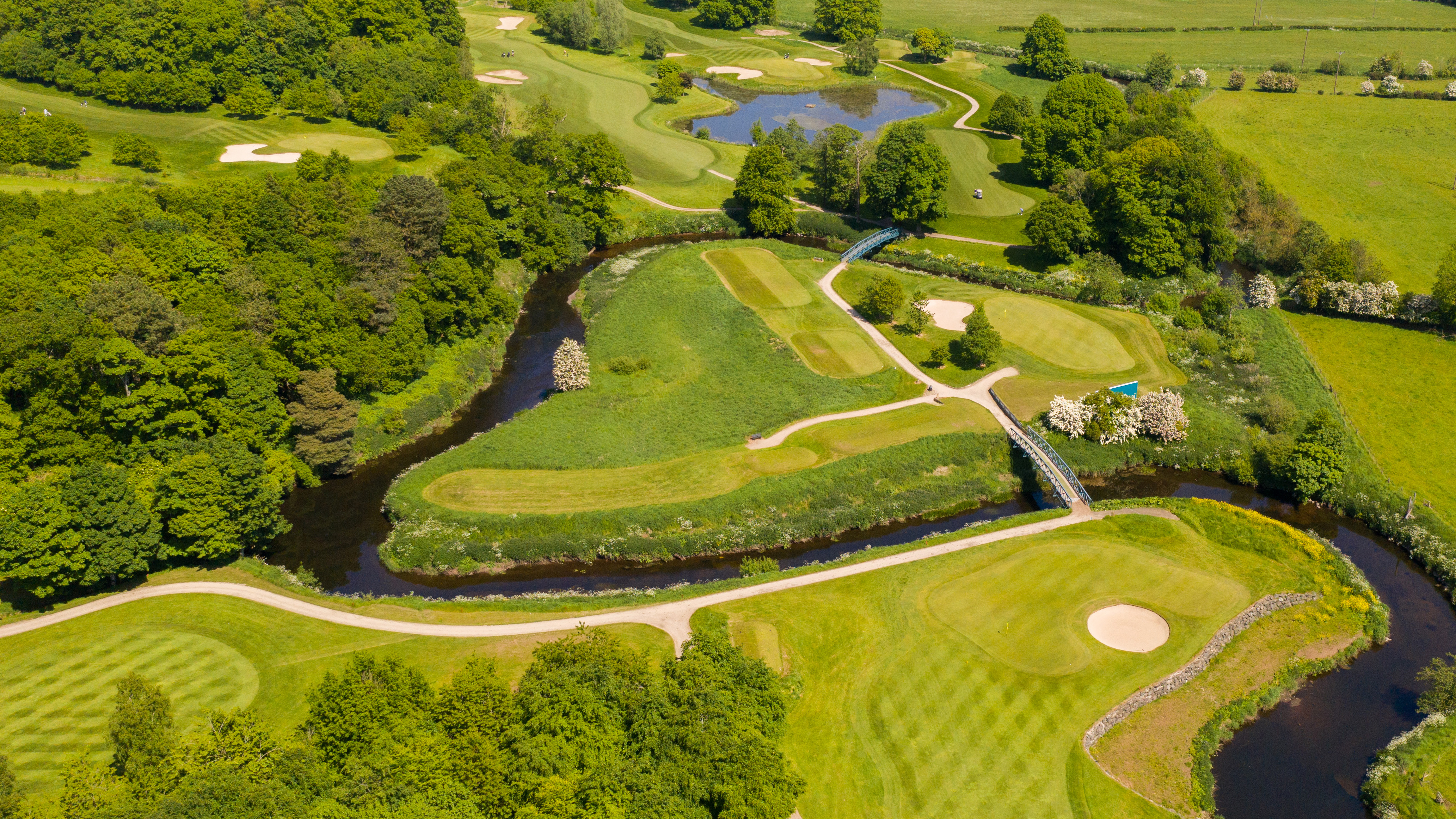
The most natural water feature, away from the sea, is surely a river or sizeable stream that crosses or flanks the course. Surprisingly few of the Golf Monthly Top 200 courses benefit from them very significantly although the lovely par-3 4th at Cruden Bay runs alongside the fast-flowing Water of Cruden. The Palmer North Course at the K Club, host of the 2006 Ryder Cup, has the famous River Liffey running through it.
On the fabulous par-5 8th, the green is on an island in the river. Many top courses instead have burns and ditches, more of which later, but it is often at the less well-known that rivers are to the fore. At Ilkley in Yorkshire, the 2nd and 3rd greens are on an island in the River Wharfe, while Galgorm Castle in Northern Ireland is blessed with two rivers, the Maine and the Braid, that meet down by the 13th green.
Ponds and Lakes
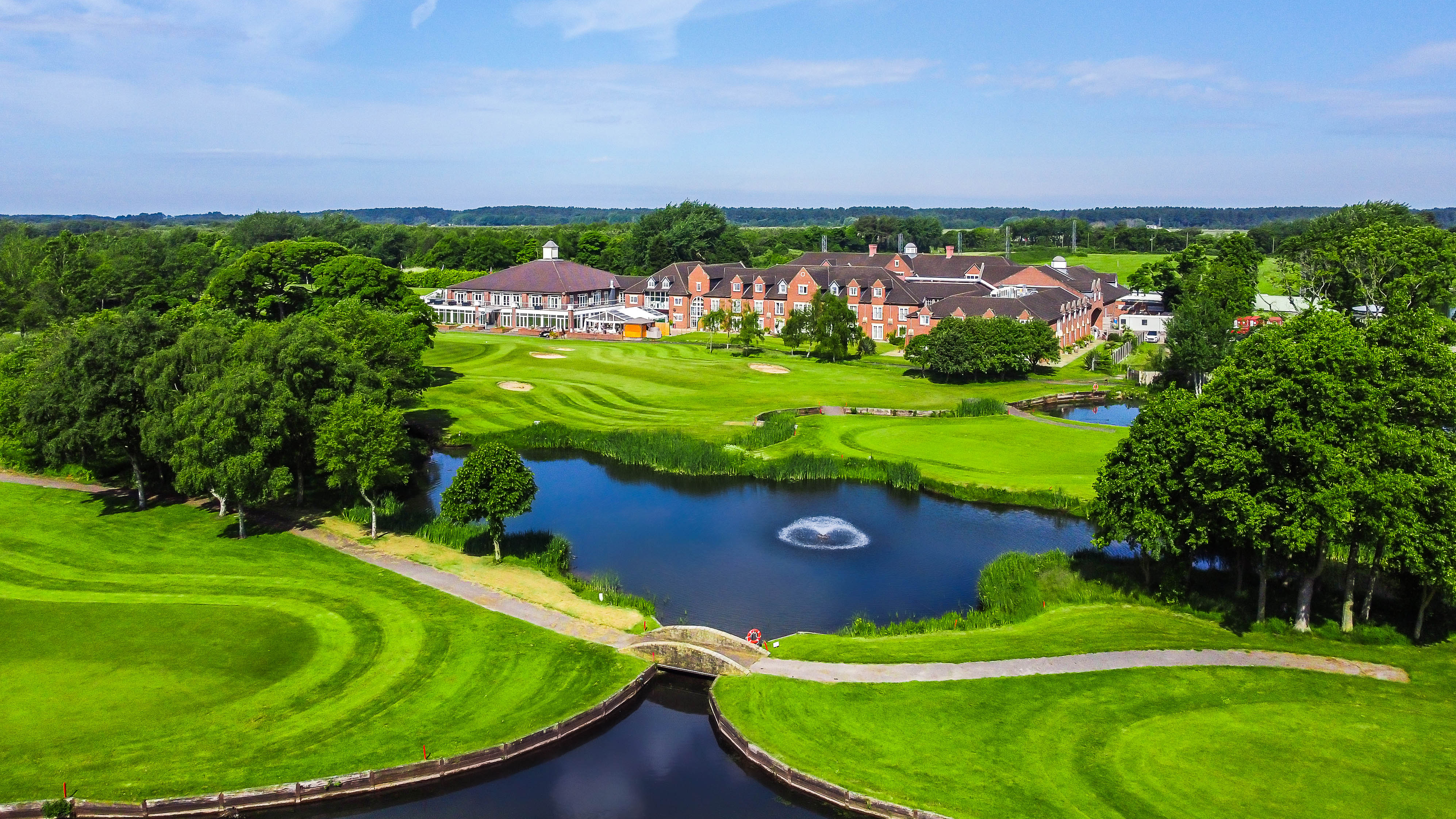
Perhaps the most common water feature incorporated into the golf course architect’s work is a lake or pond. They are effectively just size variations of the same thing, an expanse of water designed to influence the strategy for playing that hole at the same time as adding visual interest. This also seems to be a more modern development, perhaps over the last 50 years or so. If you look at our classic and oldest courses, they are far less in evidence. Some protect the green such as on the famous 17th at Real Valderrama.
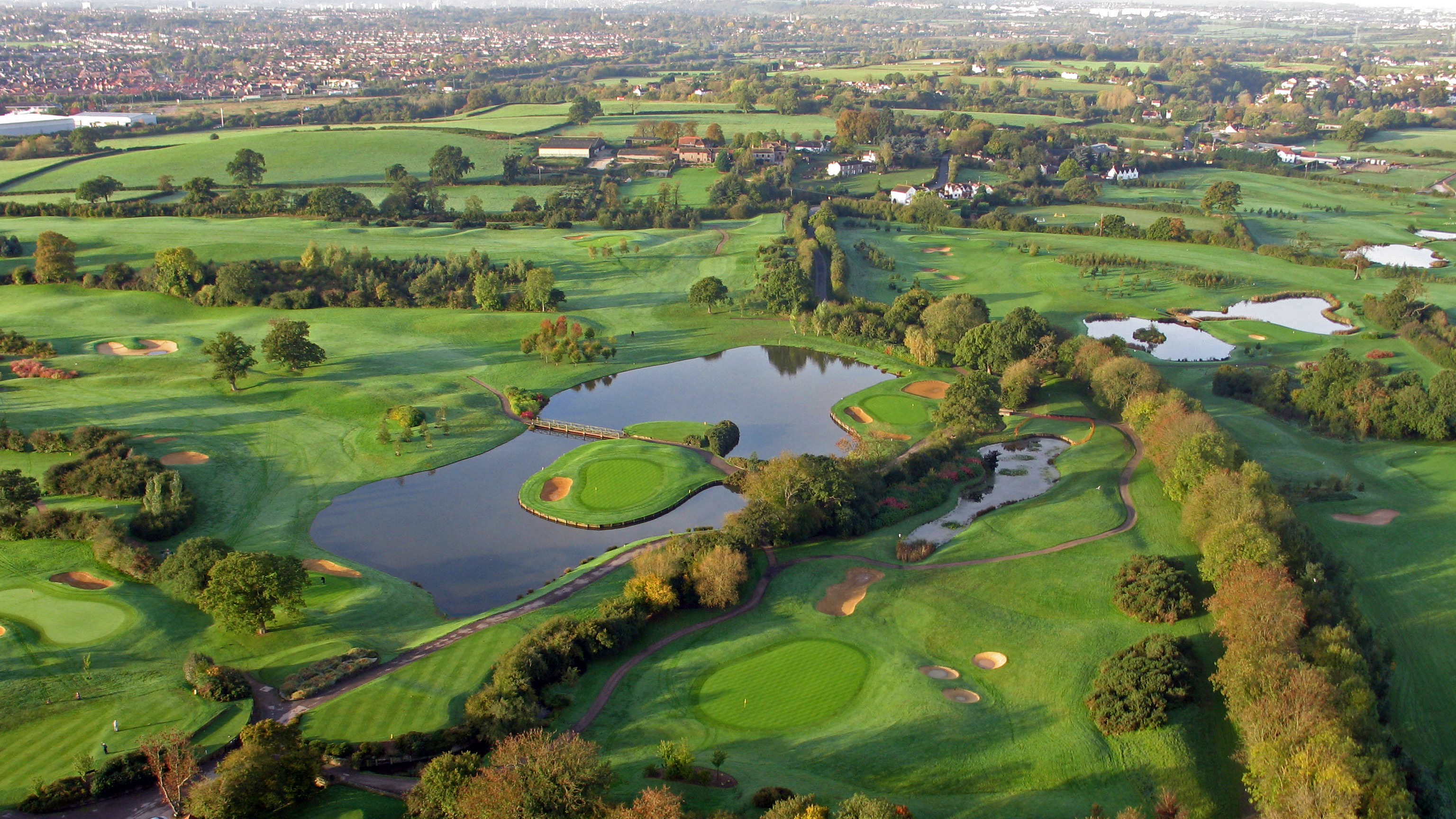
Elsewhere, lakes are used to separate holes and come into play for wayward shots on either. Modern designs such as those at Formby Hall and The Kendleshire have used them to great effect to provide interest and challenge throughout the course. One of the greatest and of course scariest innovations that goes with lakes is the island green. The most famous is Pete Dye’s creation at TPC Sawgrass, but you will find them everywhere at courses such as The Shire London and Rockliffe Hall, and they never lose their drama.
Ditches and Burns
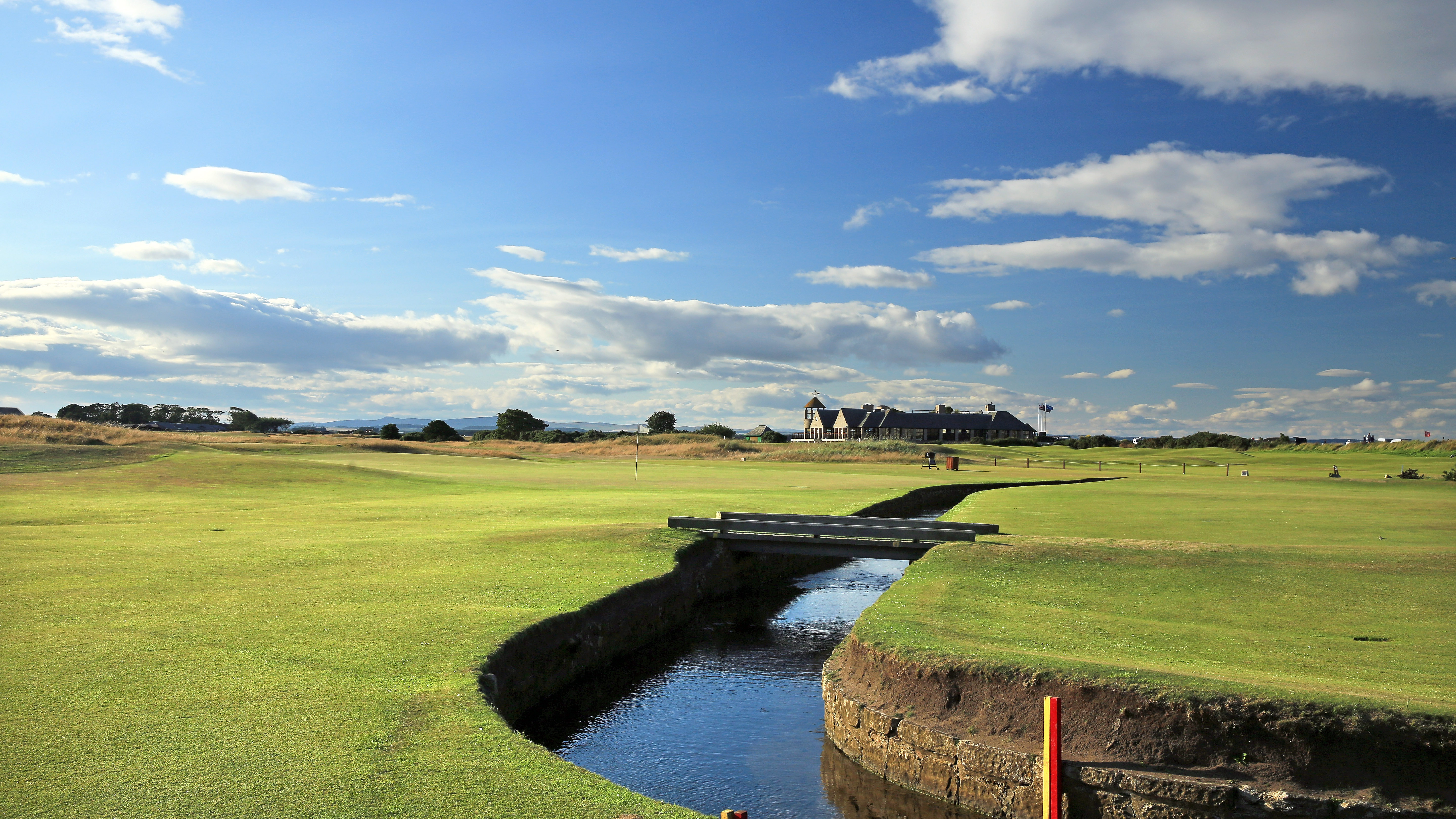
Many of our older courses, especially links, are blessed, and perhaps a little cursed, with irrigation ditches and burns. A pair of very famous examples occur on two of our most storied links, the Old Course at St Andrews and the Championship Course at Carnoustie. The Swilcan Burn should comes into play on the opening hole of the Old Course, but it’s such a short and otherwise simple hole, that it really shouldn’t! However it does, as its psychological impact and proximity to the green can unnerve the steeliest resolve.
The Barry Burn at Carnoustie is even more imposing and deadly. Just ask Jean Van de Velde or Padraig Harrington. Neither is likely to have a picture of it in their living-room. Many if not most links have burns and ditches, partly for strategy and partly for irrigation, but considering the percentage of the course that they take up, they tend to punch way above their weight!
The Sea
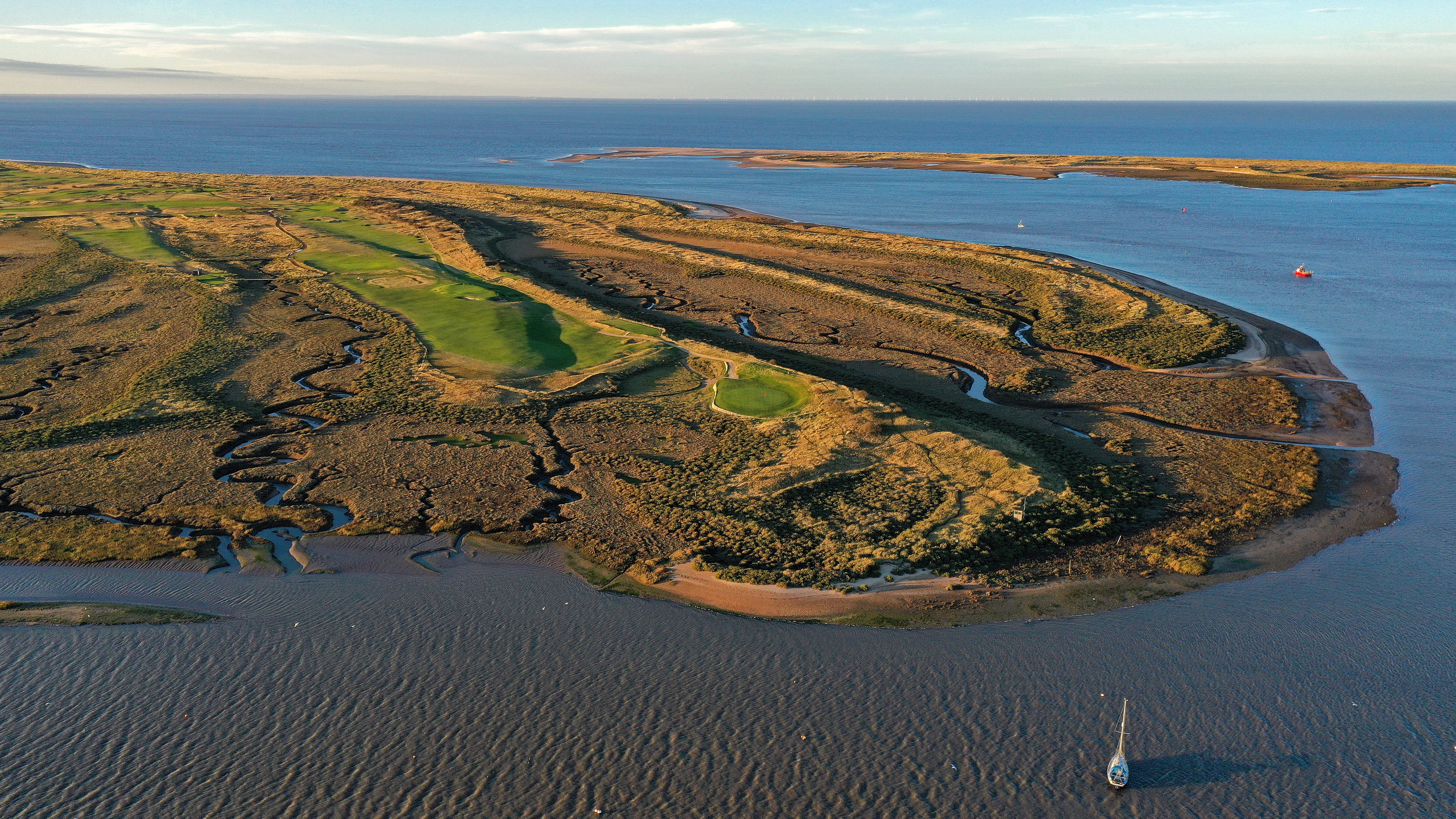
The original and ultimate water hazard… sorry, penalty area! Whether we are talking beaches or actual H2O, the sea lines many of the finest courses in the world. It is a joy to behold, it lifts the spirits, and it swallows golf balls. At some links, such as the opening holes at Top 100 favourite Nairn, you can play from the beach. At the moody and atmospheric Royal West Norfolk, the far end of the course changes every few hours along with the tide. If you are lucky, you may even get marooned at the club as the exit road becomes inaccessible.
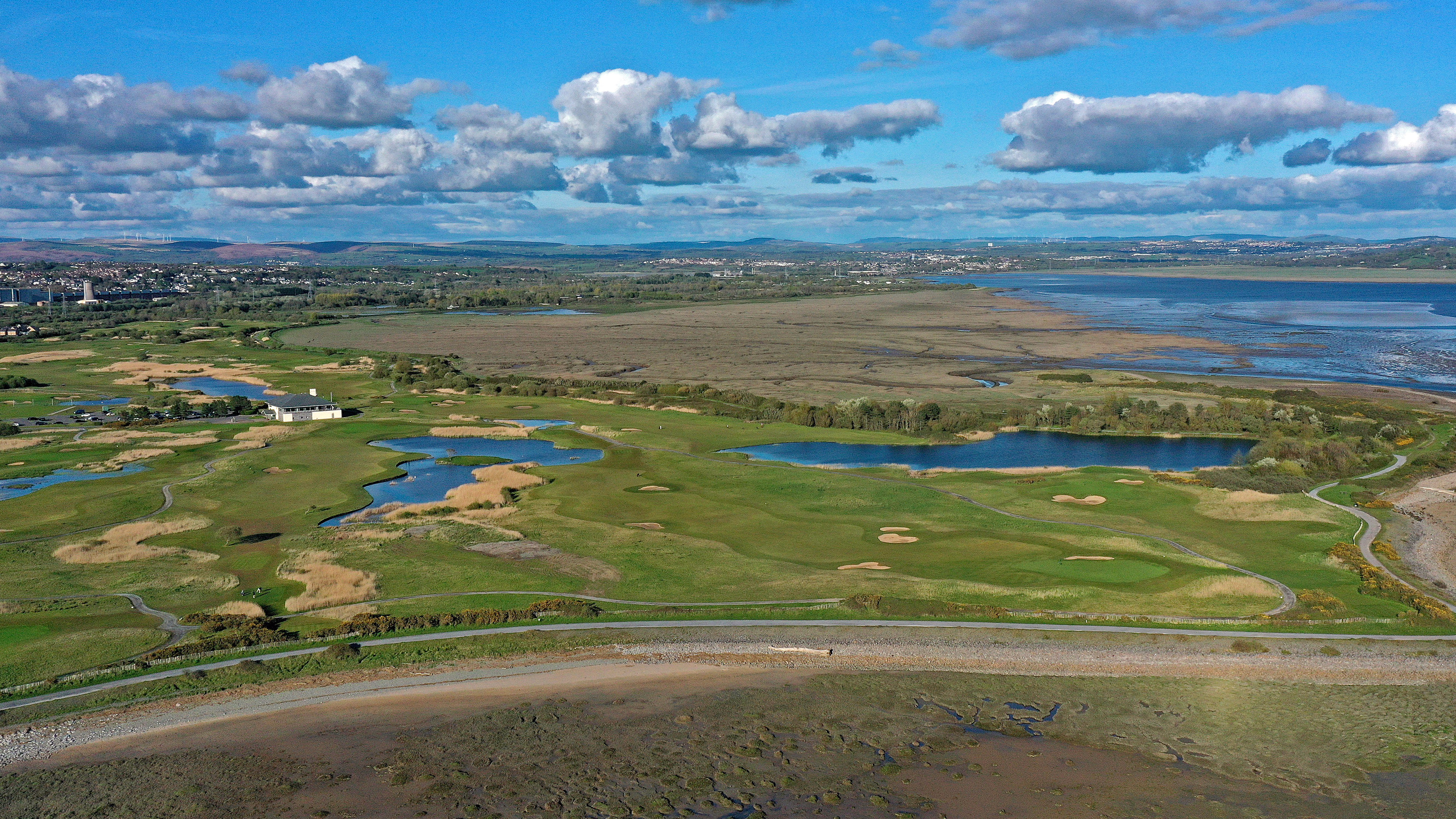
In Wales, the modern links at Machynys is effectively on a marsh and again changes all the time. In sunnier climes, the exciting course at Tierra del Sol on Aruba has a sublime par 3 played over a lagoon fed by the sea. Globally, there are countless interactions between golf courses and the sea.
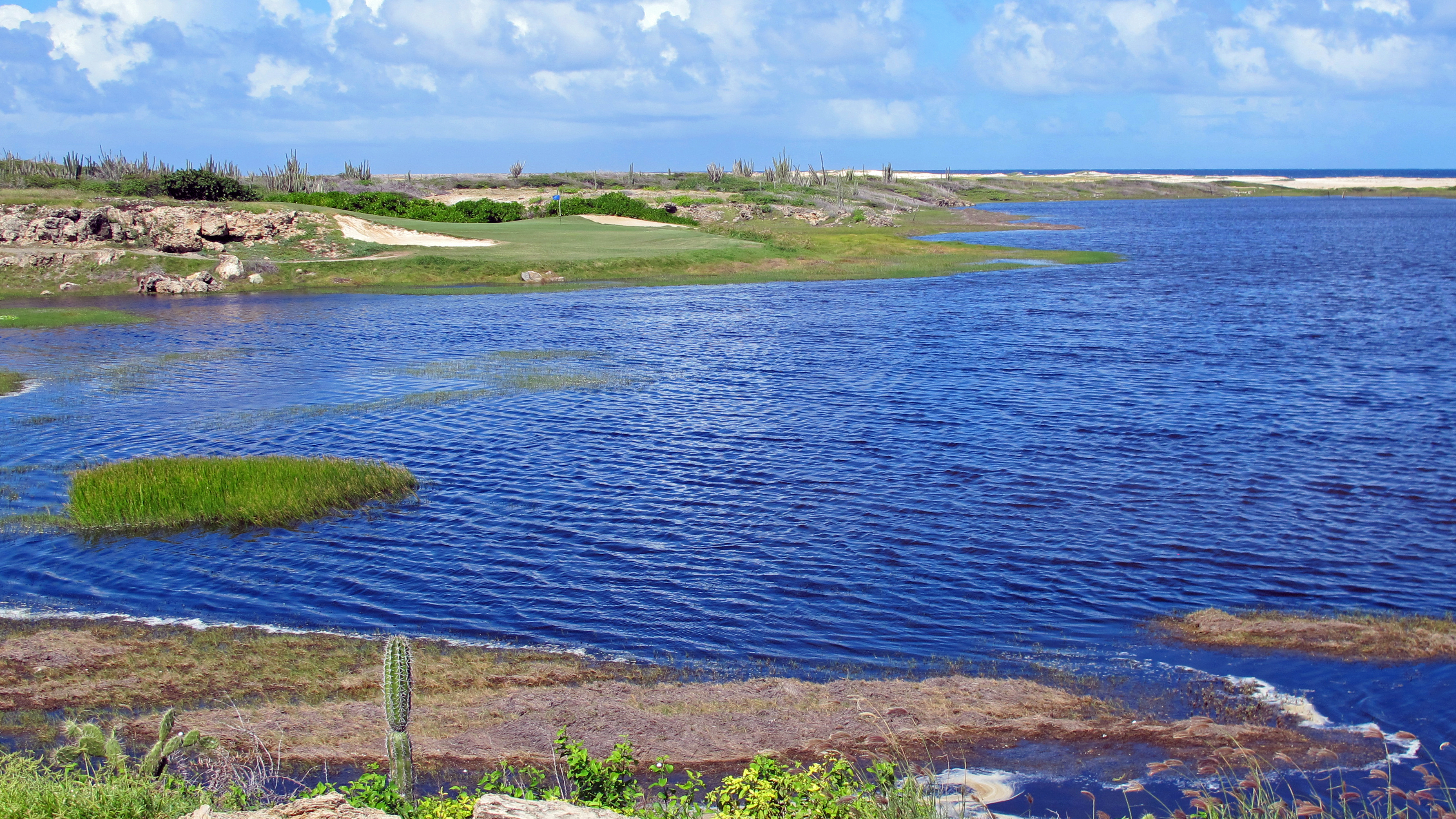
I mentioned that away from irrigation, there are three basic reasons for having water on a course; strategic, visual and psychological. Well these may be three separate reasons, but of course they are not mutually exclusive. In fact quite the opposite. They join forces at almost every instance. The choices we have to make about laying up or going for it, or playing safely away from the water, the beautiful vistas and tranquility we enjoy while approaching the water, and the anxiety we feel when confronted with challenge, are mainly all there, every time.
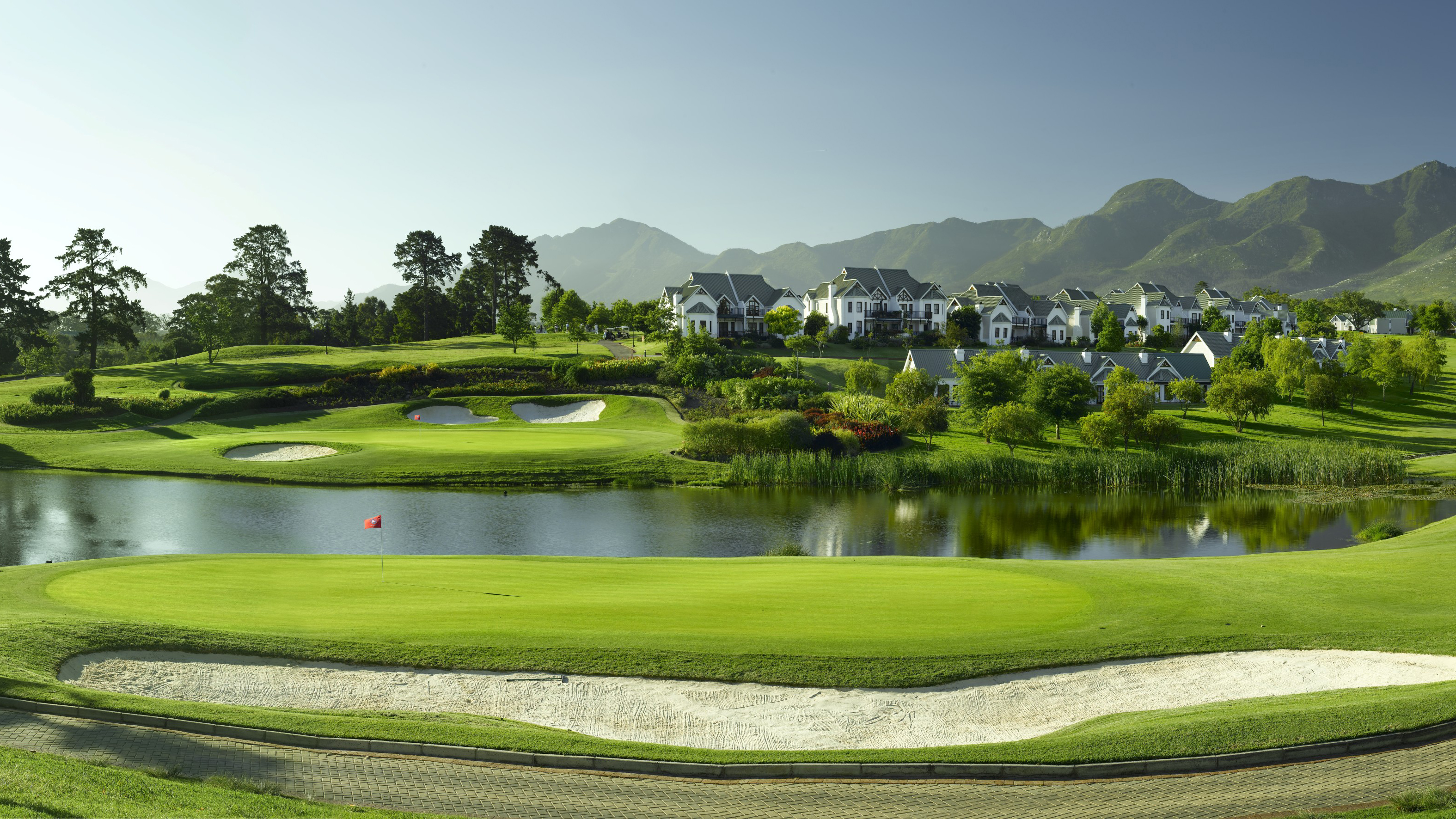
Water is an important tool of the golf course architect and a key ingredient of the game we love. At the magnificent Fancourt estate in South Africa, its three courses have every type, natural and manmade, and are all the better for it. Water is beautiful to behold, but for the sake of your golf ball, it’s best to keep your distance!







